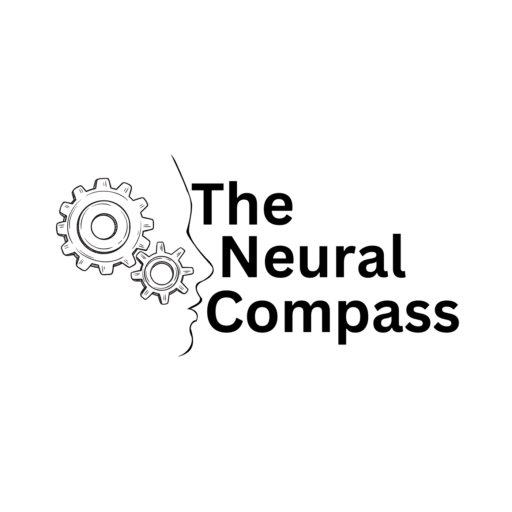Transforming Decision-Making: The Strategic Advantage of Smart Enterprise Architecture in the Digital Age
As the digital space becomes more and more competitive, business executives find themselves in search of new paradigms to make their operations veracious and more efficient. They steer their efforts toward improved decision-making to maximize the opportunities that lurk in the shadows of their business strategies. This is informed by the realization that businesses that fail to shift to smart enterprise architecture will struggle to survive.
The promise of a smart enterprise architecture is threefold:
- Shortens the time to market
- Improves the enterprise’s ability to compete
- It is cost-efficient
Smart enterprise architecture achieves this by bridging the gap between available technology and expertise with the objectives and strategies of the business organization. It gives C-level executives insights into the business operation in real-time and uses this information to enhance performance.
By embracing smart enterprise architecture, an enterprise can become agile and adaptable. Smart EA transforms strategic business decision-making from a once-a-year event to a daily occurrence.
So, what should a smart enterprise architecture look like?
Gartner’s Pace-Layered Architecture
A few days into the year 2012, Gartner introduced the concept of pace-layered architecture to define what smart enterprise architecture should look like. The concept has now become the go-to standard for organizations seeking to address the disconnect that often exists between business leaders and IT owners; while business leaders will typically want systems to be flexible and adaptable to change, IT owners often prefer keeping the systems consistent unless they are not running smoothly.
The pace-layered architecture allows businesses to innovate when necessary without compromising their critical processes and data. The methodology categorizes, selects, manages, and governs applications towards business change, differentiation, and innovation. It consists of three layers:
- Systems of Record (SOR)
- Systems of Differentiation (SOD)
- Systems of Innovation (SOI)
Systems of Record (SOR)
These are standard systems in an organization without which it would be impossible for the business to run. They support the enterprise’s core capabilities and they hardly ever change. A bank’s systems of record, for example, would include its core banking system, document repository, and loan management system.
Characteristics of systems of record
- They are supplied and installed by the vendor
- They typically have a long lifespan (sometimes even over 10 years)
- Changes to the system are rare and closely monitored
- SOR data is closely guarded
- Systems are typically subject to being audited
Systems of Differentiation (SOD)
These are applications with industry-specific process capabilities and that make an enterprise unique. Unlike SOR, systems of differentiation have a medium lifespan and require regular reconfiguration as customer requirements change, new technologies emerge, and business practices are revised.
Characteristics of systems of differentiation
- They deliver solutions through several phases within a larger project
- They have a medium life cycle (3-4 years)
- Are by default not accommodated by vendor-provided SOR
- They change more rapidly than core capabilities
Systems of Innovation (SOI)
These are applications and processes through which new technologies and ideas are tested. They have the shortest life cycle and are built as needs arise to address emerging business opportunities and changing operational requirements. Most of them are proof-of-concept (POC) applications for experimentation.
Characteristics of systems of innovation
- Their development is fast-paced
- They are manually deployed
- They are rolled out to a small group of customers
- Bug fixes and adjustments do not require formal change control
- Trials take a few months after which it is decided whether to scrap undertaking altogether or grow the solution for mass consumption
With the emergence of technologies like blockchain, automation, conversational interactions, machine learning and artificial intelligence, etc., the traditional approach to enterprise architecture is increasingly obsolete. A smart approach is imperative.
Smart enterprise architecture uses pace layers to categorize applications by function or process instead of the more traditional cross-process approach of ERPs and CRMs. This approach has the ability to deliver tangible and more relevant business outcomes.

